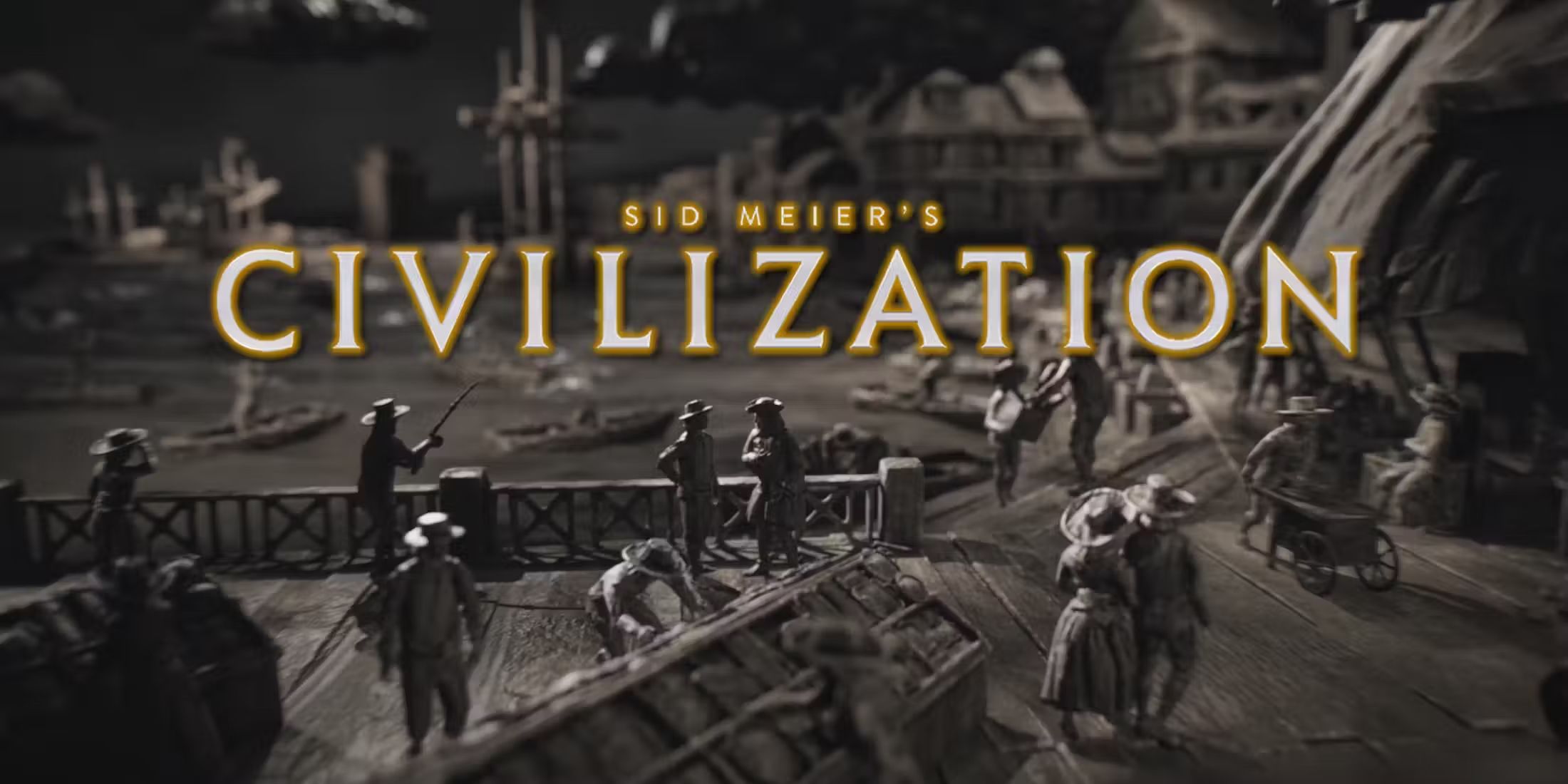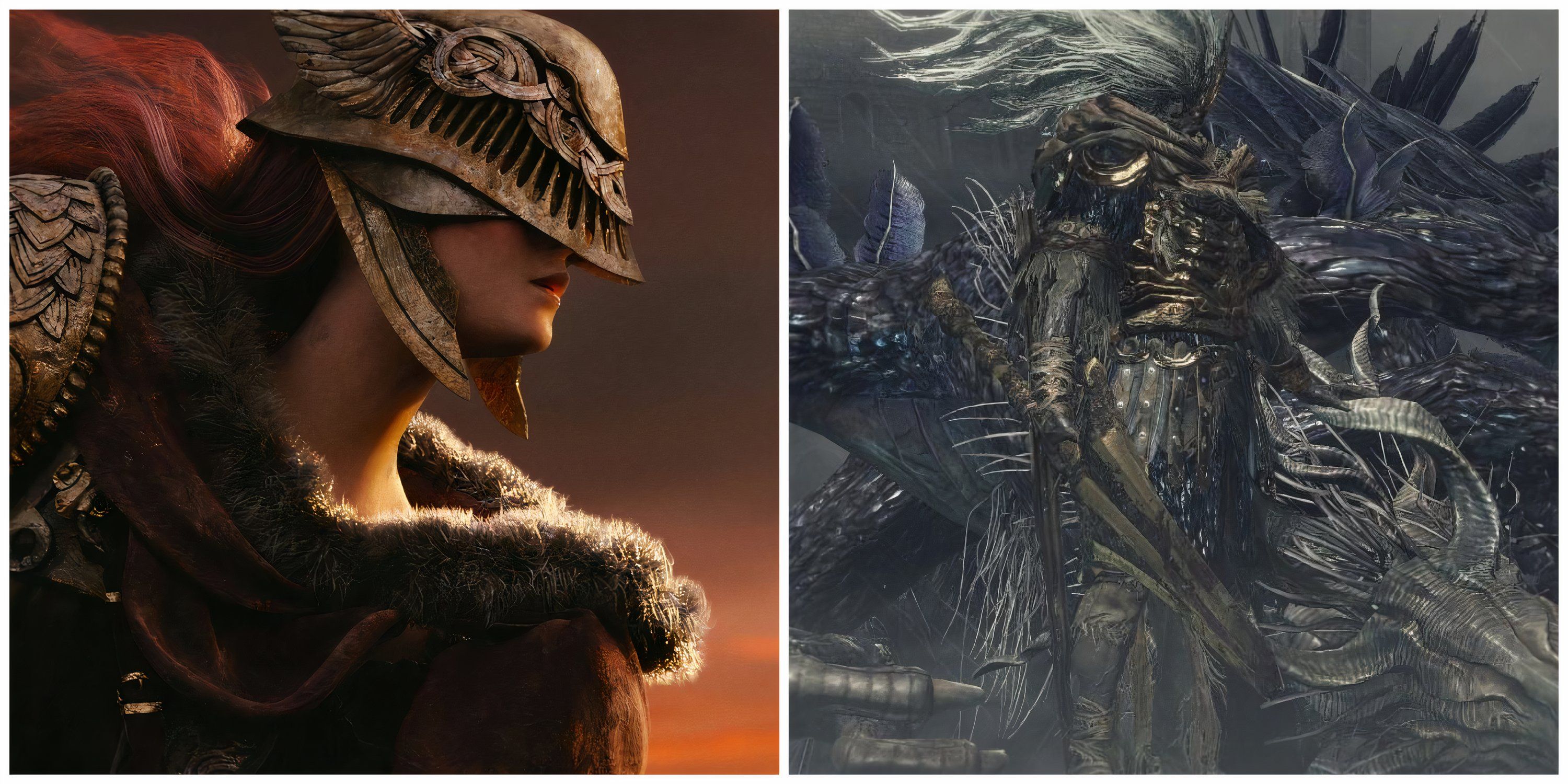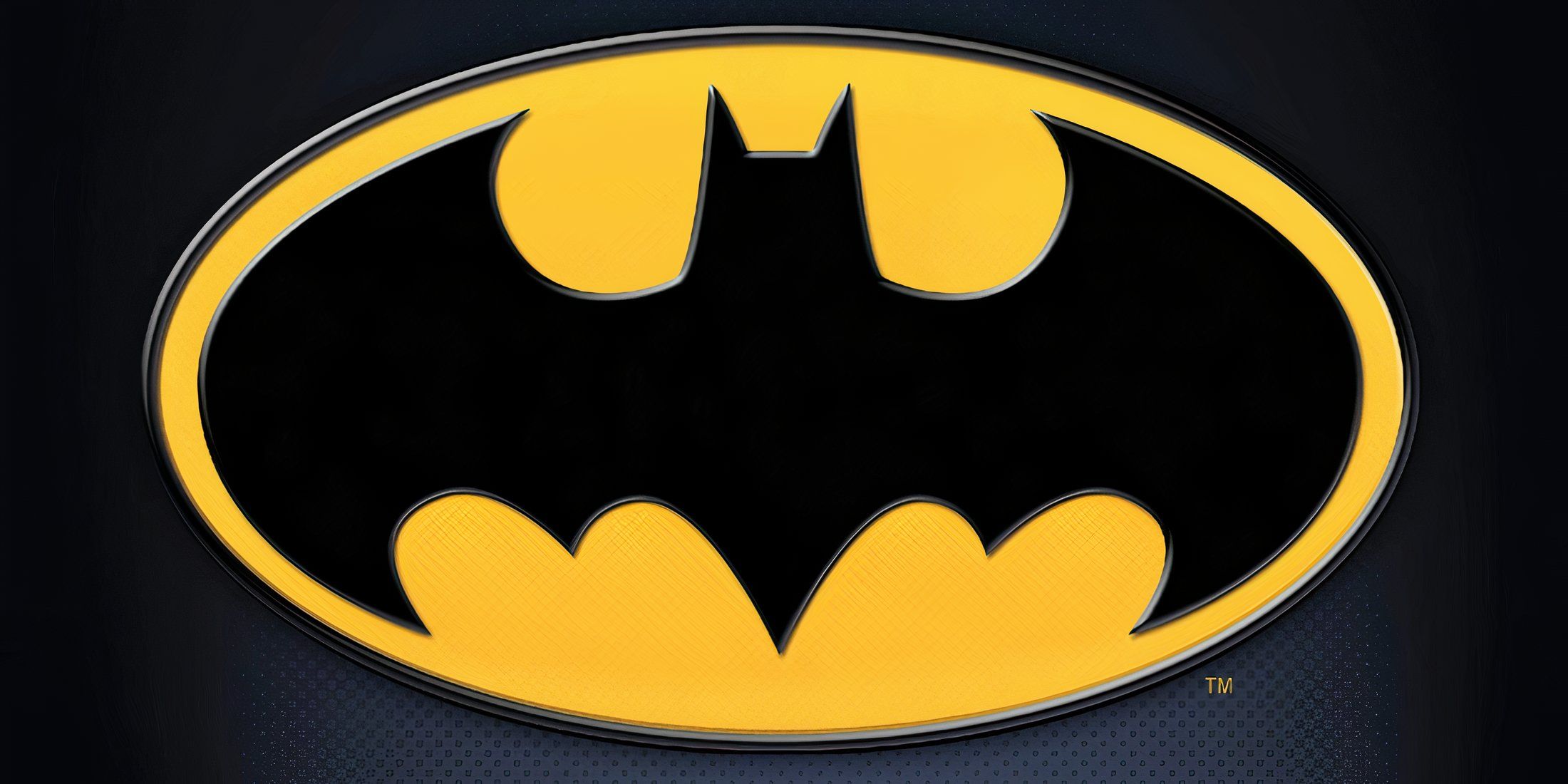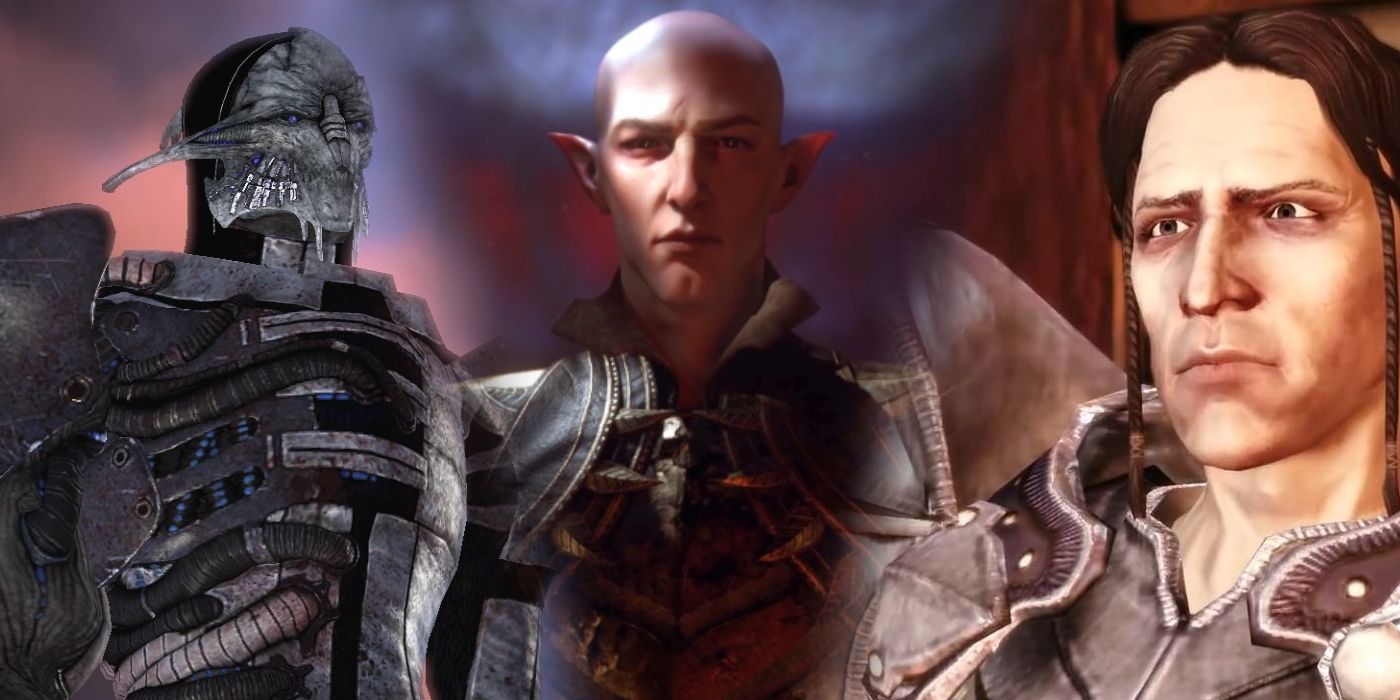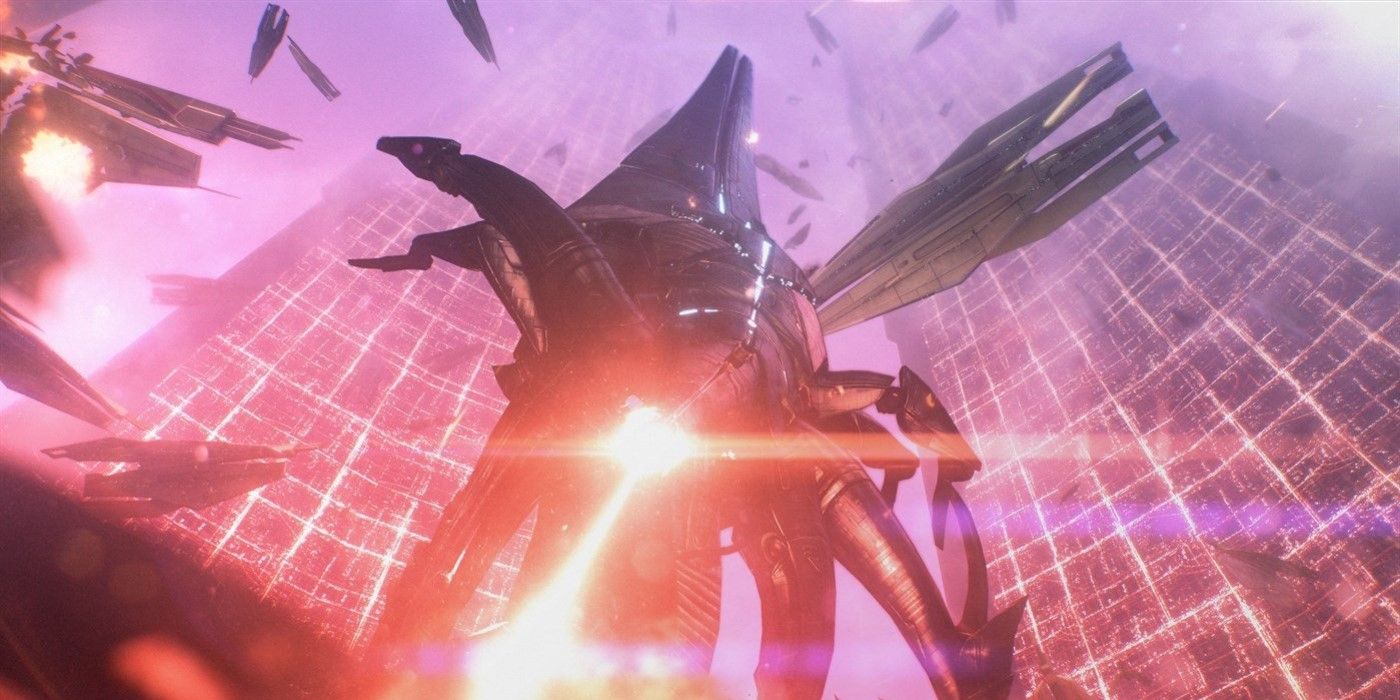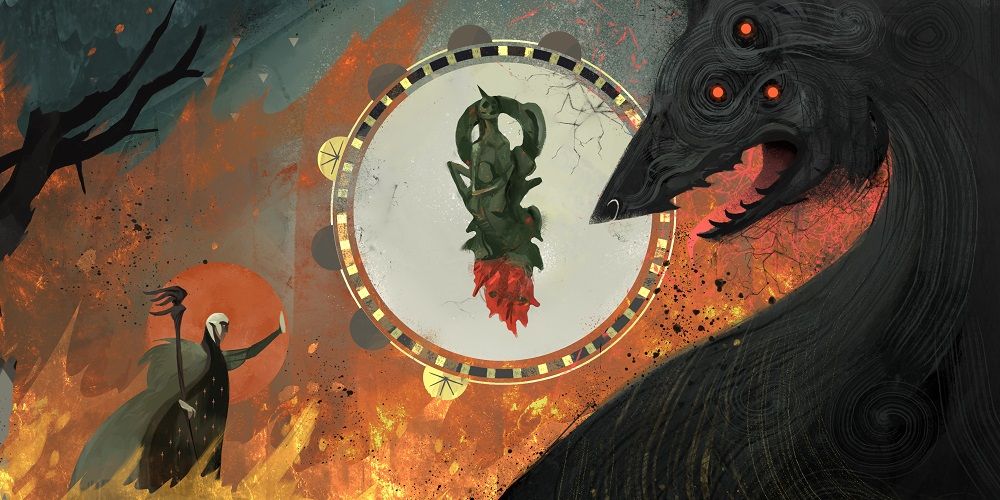Dragon Age 4's villain has been clear since players first finished Inquisition. The next game in BioWare's fantasy franchise will see its hero fight to stop the Dread Wolf Solas from Inquisition, as he tries to tear down the Veil between Thedas and the magical, chaotic world of the Fade.
In many ways, Solas' story has the potential to get BioWare back to the storytelling roots of two of its most successful series. Dragon Age 4 appears to be setting up a situation with its villain that's far more similar to Dragon Age: Origins and Mass Effect than the games that followed in their respective franchises. Here's how those two games cleverly characterized their antagonists, and why Dragon Age 4 could be on the right track for a similar dynamic.
Loghain and Saren
Both Dragon Age: Origins and Mass Effect 1 have two main villainous forces, and the relationship between them works in a similar way across both series. One threat is human - or in Mass Effect's case, Turian - who has clear motivations. The other threat is existential, and has motivations that remain beyond human understanding for the entirety of the game.
After Dragon Age: Origins' origin-dependent prologue, the player is recruited as a Grey Warden and takes part in the Battle of Ostagar, which is hoped will see the growing Darkspawn threat snuffed out before it becomes unmanageable. During the battle, Teyrn Loghain Mac Tir retreats instead of supporting King Cailan and the Grey Wardens in battle, leaving them to their deaths at the hands of the Darkspawn.
Loghain's motivations are understandable, if not sympathetic. He has long-held resentments over Cailan's willingness to cooperate with Orlais, a country Loghain fought to gain Ferelden's independence in his younger years. Despite his methods, Loghain genuinely believes that he can steer his country through the Darkspawn threat, and that he is the best shot for a stable future.
His failure to realize the true threat of the Fifth Blight, however, faces Ferelden with an existential threat. Loghain's motivations may be understandable, but his flaws open the door for a far greater evil: the Archdemon Urthemiel. This is very similar to the dynamic between Saren the Spectre and Sovereign the Reaper in Mass Effect 1.
Just like Loghain, Saren betrays the player's allies early on, killing a fellow Spectre. Also like Loghain, Saren believes that he alone can help his people - the organics of the Milky Way - survive the coming Reaper threat by siding with the Reapers. Although Saren, like Loghain, overestimates his abilities, he is primarily a threat because his tragic self-belief once again opens the door to an existential threat.
Why The Dual-Villain Dynamic Works
This dual villain structure does wonders for both games. It gives the player a fleshed-out villain with motivations they can understand, and who the player has a personal interest in hunting down to take revenge. The story is also able to focus on the weaknesses of these villains without undermining the overall threat. Both Loghain and Saren are shown to be massively in over their heads, but exposing their weakness doesn't undermine the stakes, because by then a greater existential threat has revealed itself. That existential threat lacks the human motivations of either character, acting as a faceless reminder that the path to hell is paved with good intentions.
In subsequent Mass Effect and Dragon Age games, BioWare abandoned this structure. Mass Effect 2 may be a great game, but the Collectors aren't as memorable villains. By Mass Effect 3 the Reaper invasion is taking place in full-force, but the series is never able to recapture the dynamic of Shepard and their squad hunting down Saren in the first game while uncovering the true Reaper threat. Similarly, Dragon Age: Inquisition's Corypheus straddles the line between a human and existential threat, and as a result ends up being less relatable than Loghain and less intimidating than the Archdemon.
The Dread Wolf
Solas has the potential to be Dragon Age 4's flawed, mortal villain. He plans to tear down the Veil in order to restore the Elven empire that Tevinter once razed to the ground with blood magic. The Tevinter Imperium was only able to defeat the Elves because Solas had created the Veil to begin with, in order to trap the false Elven "gods" and free his people from slavery. It's a tragic backstory that sets up Solas' motivations well.
Solas is unable to accept that, despite his power, he cannot predict the consequences of his world-changing actions. Creating the Veil destroyed the civilization he wanted to liberate, but he can't accept that tearing down the Veil will not necessarily mean that civilization will be restored - or that justice will be done. It seems far more likely that in his quest to save his people, Solas will unleash terrible, existential forces trapped behind the Veil. Possibilities include the Elven gods, whatever mysterious force created the Darkspawn, demons, or perhaps even the Maker himself.
Whatever that existential threat is, Dragon Age 4's story has great potential to return to the same dual-villain structure found in Origins and Mass Effect. This could allow players to see Solas' weaknesses without the overall sense of threat being undermined. It could allow the player to sympathize with the Dread Wolf and his goals while still understanding why he needs to be stopped. It could revive the dynamic that has been missing from BioWare games, where the threat of existential evil can be traced back to the tragically flawed human (or Elven) motivations of a key character.
Managing both threats can be something of a balancing act, but if BioWare can pull it off instead of expecting players to see the Dread Wolf himself as Dragon Age 4's purely evil, existential threat, the game could tell a story that improves on Inquisition's lackluster Corypheus plotline. Whether or not BioWare will take up that opportunity remains to be seen.
Dragon Age 4 is in development.

